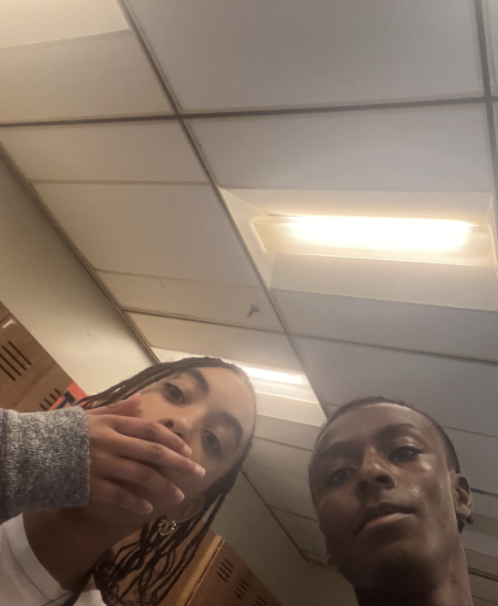Introduction
Hello everyone! In my last post, I discussed how my teammates and I united and applied essential camerawork skills such as shot sizes, camera angles, framing, and composition when completing this overall project, which is meant for us to practice what we have learned about filmmaking so far in this media studies class.
Another term our production team has studied in this filmmaking journey is the term cinematography, or as the Oxford Dictionary defines it, “the art or technique of camerawork in filmmaking.” On set, the person who is responsible for this position is, as you have most likely guessed, a cinematographer.
A Shout-Out to a Camerawork Legend
It is noteworthy to mention one of the most renowned, Academy Award for Best Cinematography, and Oscar-winning figures of Hollywood, Roger Deakins. He has helped produce work that is recognized to this day such as the childhood favorite franchise “How to Train Your Dragon,” as well as movie franchises that appeal to more mature audiences like “Sicario.” Roger Deakins was in charge of cinematography for these movies, because cinematographers responsible for camerawork.
Shot 1:
©
Shot size: Close-Up
©
Camera angle: Overhead
©
Framing: Over-the-Shoulder
©
Composition: Point of View, Deep Focus
©
Tone: Kindness, Consideration
©
Shot size: Extreme Close-Up
©
Camera angle: Eye level
©
Framing: Two shot
©
Composition: Deep Focus
©
Tone: Intense, Humorous
©
Shot size: Medium Shot
©
Camera angle: Dutch Angle
©
Framing: Insert shot
©
Composition: Shallow Focus
©
Tone: Nostalgic
©
Shot size: Medium Full shot
©
Camera angle: Shoulder level
©
Framing: Single shot
©
Composition: Balance
©
Tone: Soothing, Meditative
©
Shot size: Extreme-Close-Up
©
Camera angle: Dutch Angle
©
Framing: Insert Shot
©
Composition: Deep Focus
© Tone: Cozy, Festive
©
Shot size: Wide Shot
©
Camera angle: High Angle
©
Framing: Crowd Shot
©
Composition: Horizontal Leading Lines
© Tone: Curious, Observant
©
Shot size: Medium shot
©
Camera angle: Knee level
©
Framing: One Shot
©
Composition: Color
© Tone: Amusing, Playful
©
Shot size: Medium/ Full-Shot
©
Camera angle: Ground Level
©
Framing: Point-of View
©
Composition: Shallow Focus
©
Tone: Astonishing, Dominant, and Merry
REFLECTION- The Creative Process Continues
In short, our team’s objective for this project was to put techniques we have learned into practice, and the term cinematography has given us a new perspective of filmmaking to remember, which is that camerawork can be an art form used to express messages we aspire to share. All these innovative approaches combined has only grown our passion and wisdom in preparation for our film, and learning how to capture events and people in different lights and settings has made it easier to choose which shots will suit our movie the most.
Just as the last blog has explained, our team decided to continue the roles we exceled in to insure our best produced is published to our blogs. Peyton P (the producer) was responsible for shot ideas and contributed some of the images we used for our blog, while Marley B (the director) continued thoroughly research for camerawork ideas that would enhance our images, and both Lexi M and I (the camerapersons and cinematographers) continued to capture the shots at school, at home, and on field trips.
After
our team each executed our part, we uploaded our images and annotations for our
images seen above, and our goal was finally attained!
Largely, this serves as an immense lesson on cooperation, and team building skills, as well as the
importance of each member contributing their part, so our work can come together
as a whole is crucial. We also learned about cinematography, in which my
partner and I realized we were cinematographers without knowing.
WORK CITED:
-Oed.com. (2023). cinematography - Quick search results | Oxford English Dictionary. [online] Available at: https://www.oed.com/search/dictionary/?scope=Entries&q=cinematography [Accessed 5 Apr. 2024].















